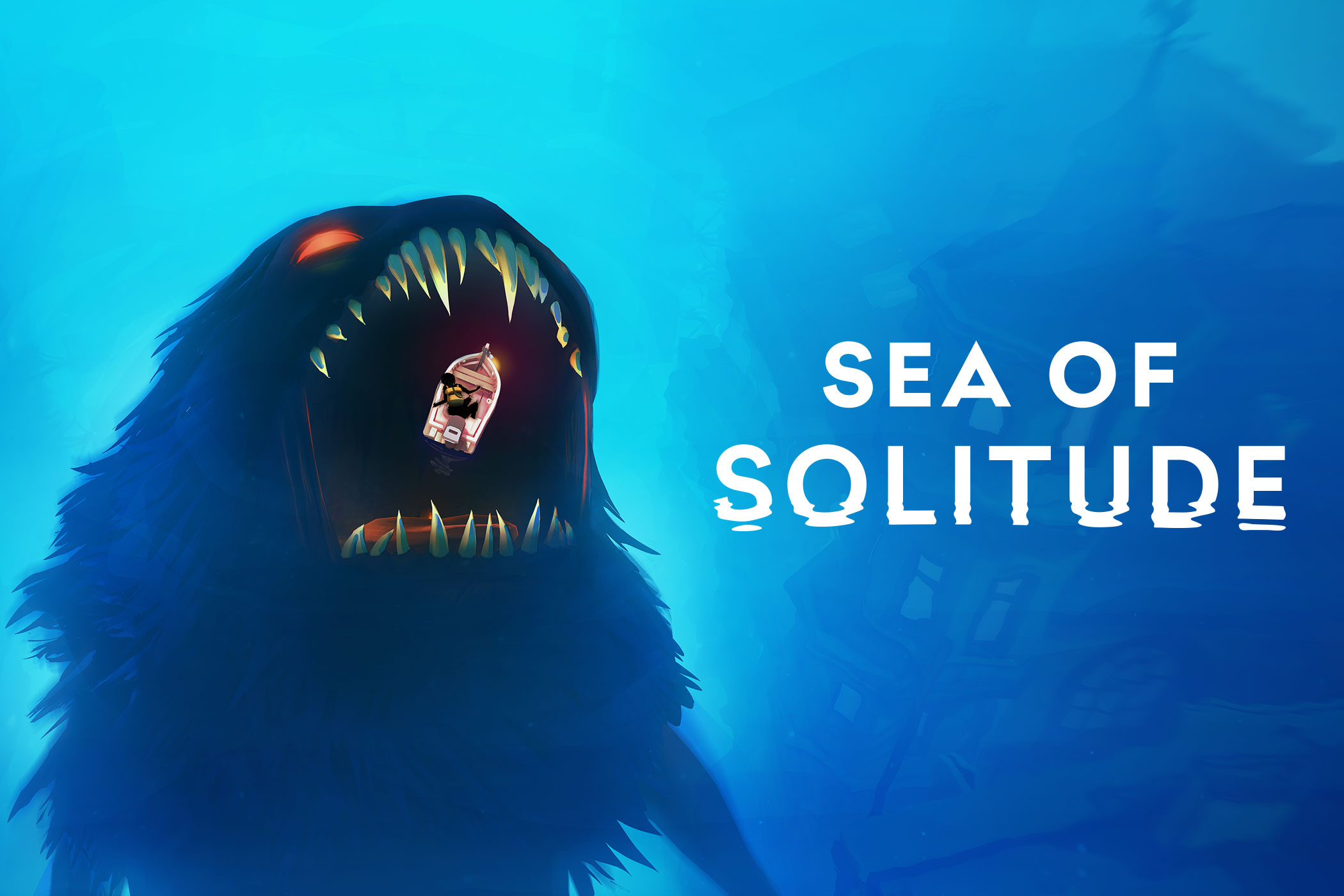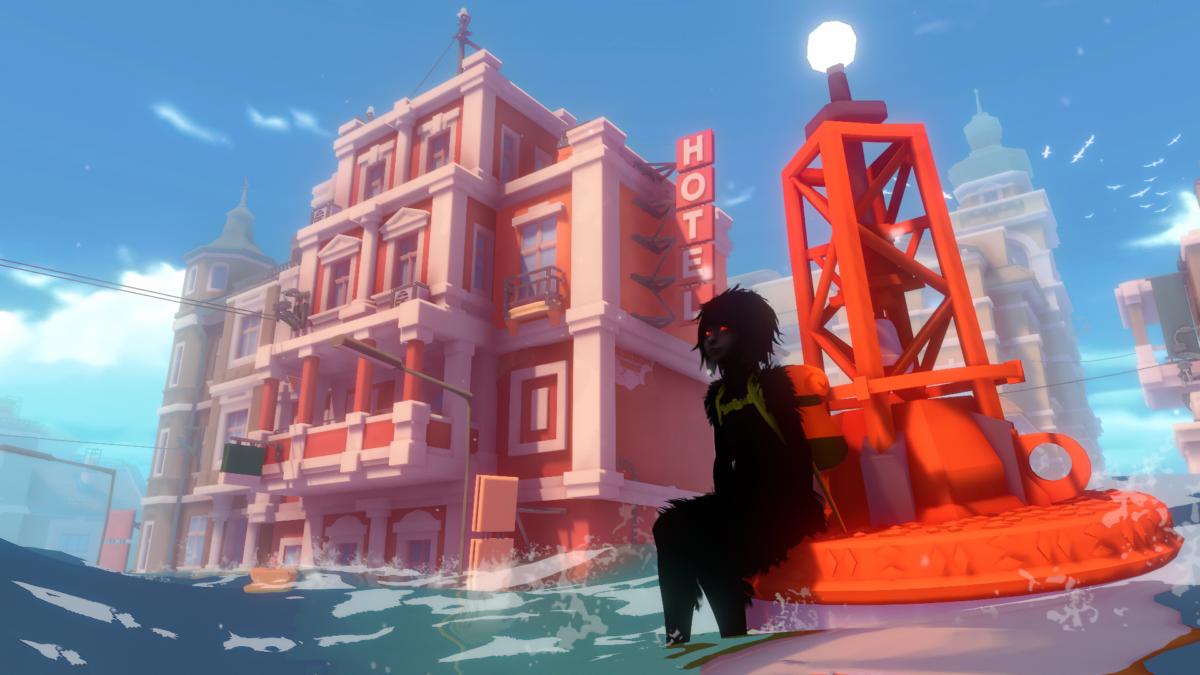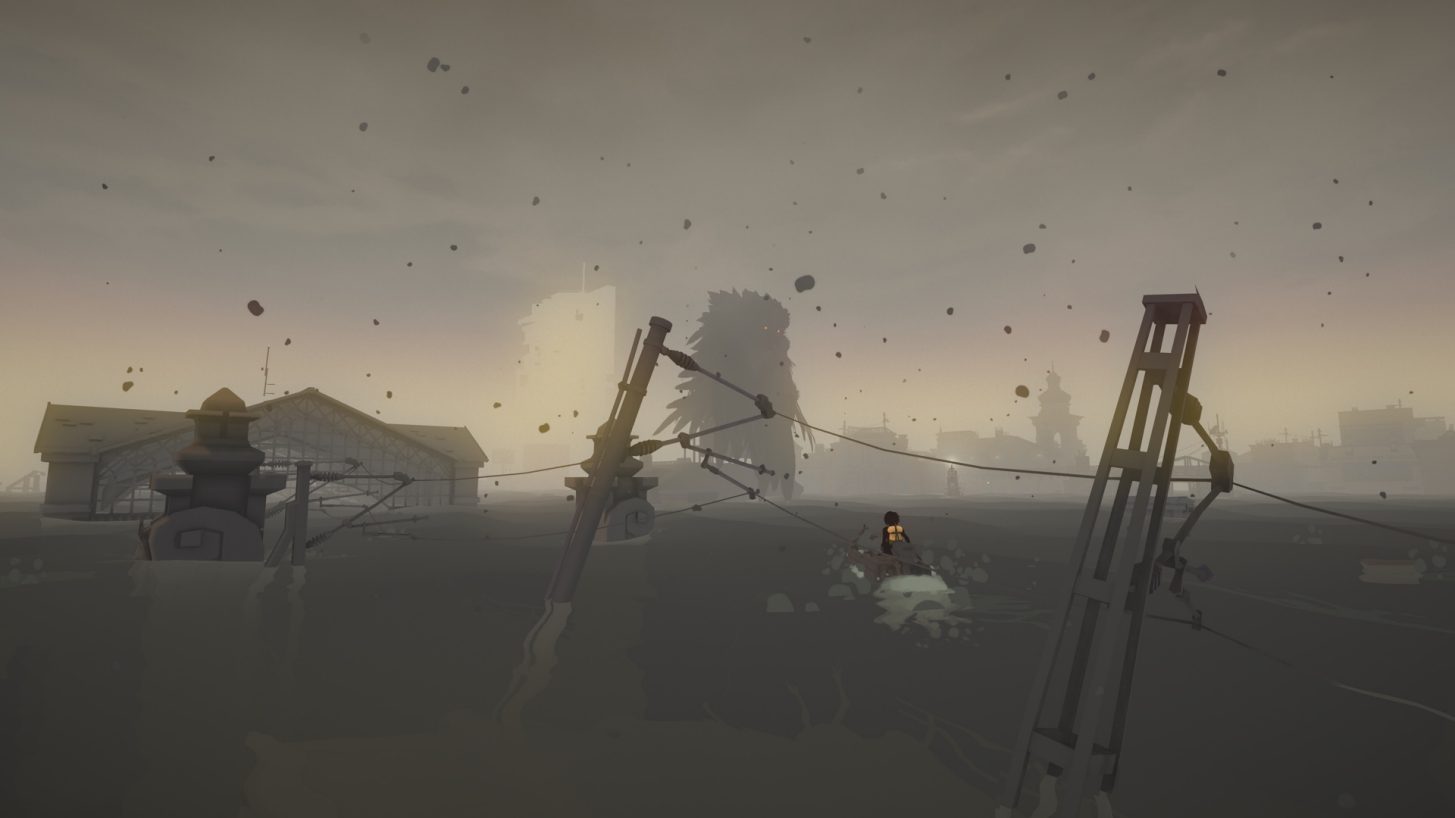As video games have grown up over the last several years, we’re now able to experience stories of real-world politics, social change, mental health, and so much more, many things that were once the realm of the unexplored.
Trailblazing creators don’t have to choose between telling personal, unorthodox stories and making money. Today’s industry allows for such goals to coexist, thankfully.
Jo-Mei Games set out to tell such a story with Sea of Solitude, a fantastical adventure game which, at its core, grapples with mental health. Unfortunately, the game’s script feels so wary to ever let players miss the underlying message that it instead spells it all out to a degree that leaves much of it unsatisfying.
In Darkness, Search for the Light
Sea of Solitude tells the story of Kay, a young woman who morphs into a shadow-like monster sometime before we meet her. Left to explore a flooded fantasy world inspired by Jo-Mei’s home of Berlin, Kay meets many other monsters on her three- to four-hour journey. Some will be sympathetic and help her inspect her feelings. Others will be violent and antagonistic, even vulgarly mocking her as one such hermit crab-like enemy does in the early moments.
The game pivots between gorgeous vibrant oranges and blues to smoky dark gray doldrums. This oscillation between light and dark, hopeful and depressing, keeps the whole game visually interesting as the game plays very differently depending on what the world around Kay looks like.
In the lighter moments, Kay is free to explore by boat, by swimming, or on foot as she solves simple platforming puzzles. These will slow virtually no one down and clearly aren’t meant to. In the dark periods, Kay is often chased by a sea monster which lurks like the shark in Jaws. The accompanying music when this “whale” gives chase is even similarly anxiety-inducing.
Other villainous monsters appear too, like shadowy children who will impede or chase and assault Kay and her brother. Every time a new monster is introduced, their design alone tells their story in artful and meaningful ways, such as a massive arctic wolf whose gorgeous fur is just a veneer for a dark and isolated true form. In fact, the game’s whole world is strong enough to stand alone in presenting a compelling dialogue about mental health, and particularly Kay’s loneliness.
Lots of Tell, Little Show
The oft-cited golden rule of writing is “show, don’t tell.” It means creators should poignantly depict a character’s motivations and a story’s themes without just laying them out via spoonfed dialogue. However, virtually every instance of chatter in Sea of Solitude commits this cardinal sin.
The world Jo-Mei created is a fascinating one, and it stands on its own needing no such hand-holding, but unfortunately, it’s difficult to think back and recall one moment where the writing expresses the idea that less is more.
This on-the-nose dialogue is Sea of Solitude‘s biggest fault because it leaves every interaction hyper-focused on forwarding the game’s themes. However, the game’s world and character design already do that so exceptionally well it feels like Sea of Solitude would’ve been better off staying totally silent.
It doesn’t help that the voice acting is often lacking, meaning the lines aren’t just unrealistic, but unnatural in their delivery. Like the way the fascinating world pivots between binary explorations of darkness and light, it can often feel like everything good about the game is in its visual presentation, and everything bad about it comes from the audio.
For Those Lost at Sea
Despite the issues with dialogue and voiceovers, Sea of Solitude still feels like it succeeds as a game grappling with some really tough subjects.
For those unexposed to these sort of themes in games before, it could be the experience they are hoping for, and in that way, Sea of Solitude‘s merits as a public good outweigh its detriments. While it follows a decade or more of games that have “grown up” and handled similar themes, sometimes better than this one, few have painted them in such interesting colors, including literally, and perhaps never all in the same experience.
Sea of Solitude bills itself as a game about loneliness, and by the end that loneliness takes on many forms, like bullying at school, unhappy marriages, and, in a rare feat of eloquence, manic-depressive disorder. All of this manifests on Kay’s backpack as literal baggage, which she even comments on — told you it was heavy-handed.
Still, it’s undeniably a good thing for more games to exist in this space and have the potential to be there for someone who needs it. Despite some really dark stuff, it’s rated for teens here in the United States, and thus could be some young person’s first video game that demands introspection of them and helps them navigate their own feelings. Its more challenging, better written third and final act also seems like the one most likely to relate to many players.
Pros:
- A gorgeous and interesting world in both darkness and light
- A memorable, more eloquent third act
- A good, though not great, meditation on mental health
Cons:
- Heavy-handed dialogue and metaphors sour the artfulness of it all
- Lackluster voice acting
Ultimately, Sea of Solitude is a worthwhile though inelegant conversation piece on the dark recesses of our often self-deprecating minds. Visually, its vibrant and unique world would be enough on its own to serve the game’s laundry list of metaphors.
The voiceover and dialogue then only get in the way by spelling it all out in unsatisfying ways. Still, if this is your first stop at the intersection of games and mental health, or if you know someone who needs to hear what Sea of Solitude has to say, it’s certainly worth leaving the shore.
[Note: A copy of Sea of Solitude was provided by Jo-Mei Games for the purpose of this review.]









Published: Jul 7, 2019 01:33 pm